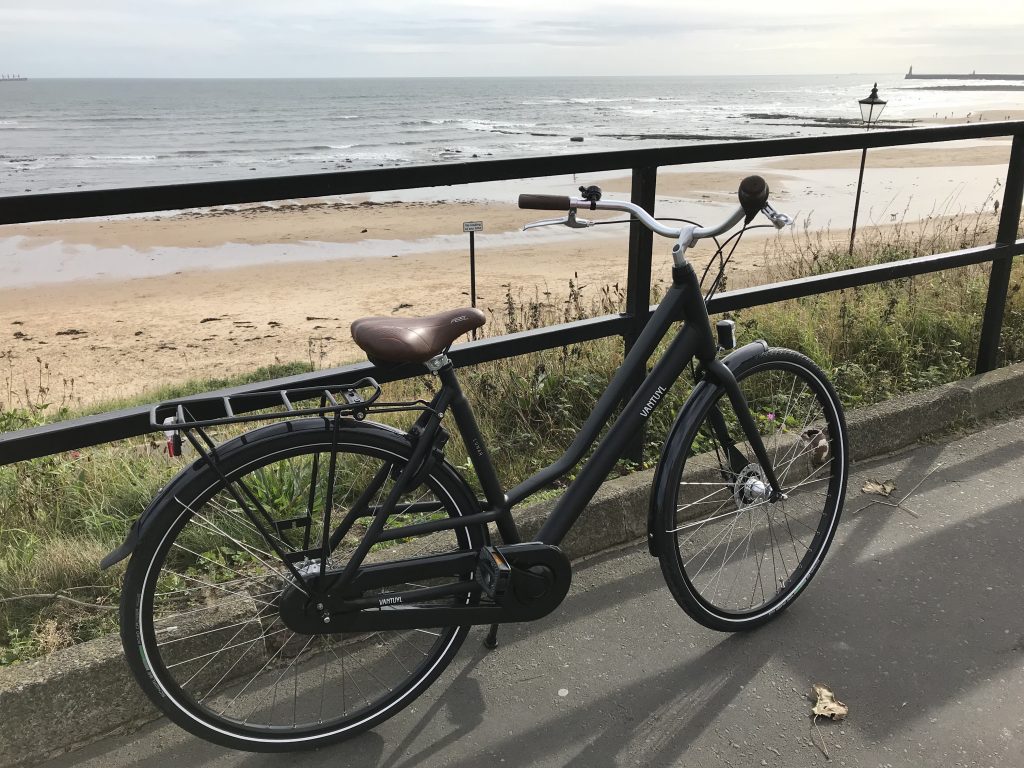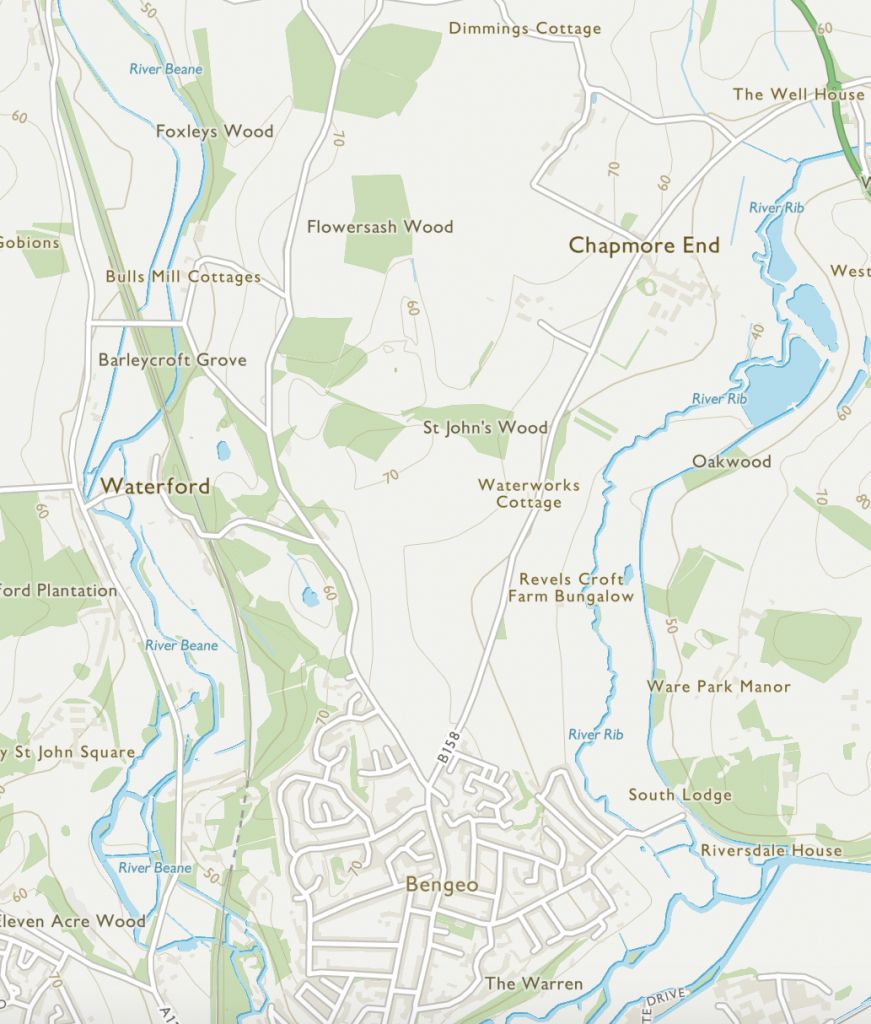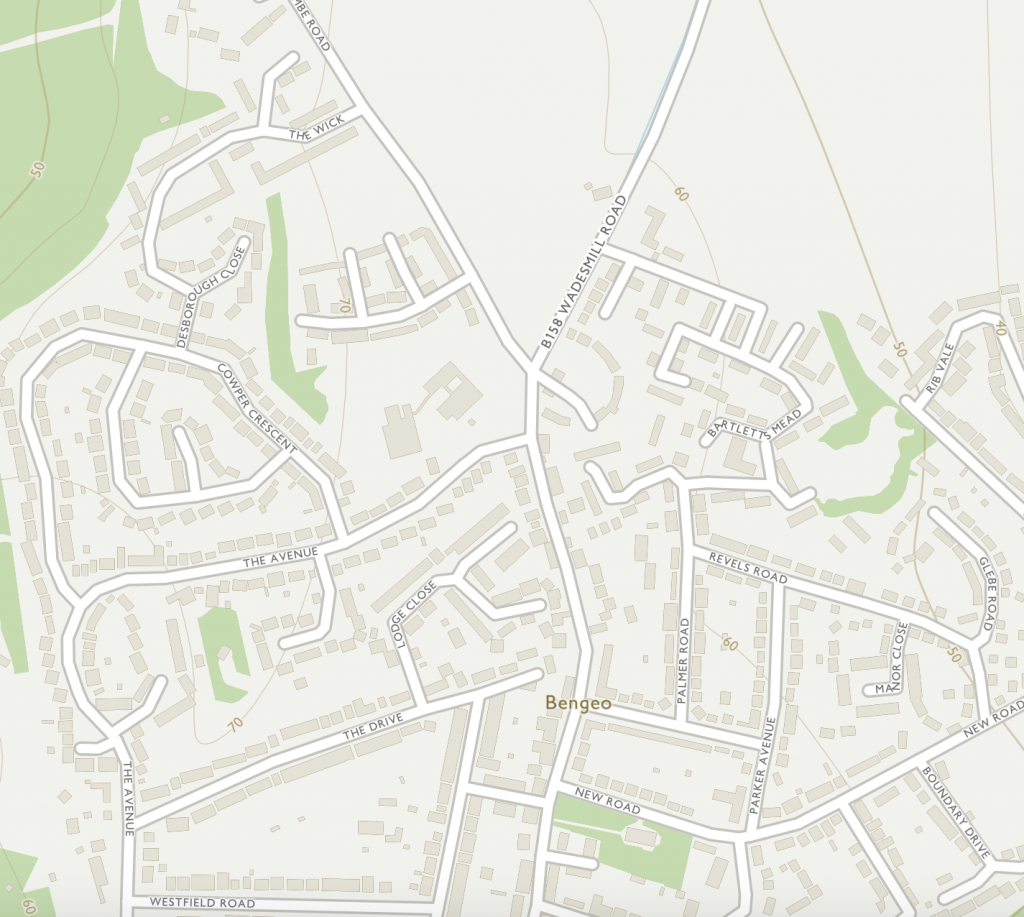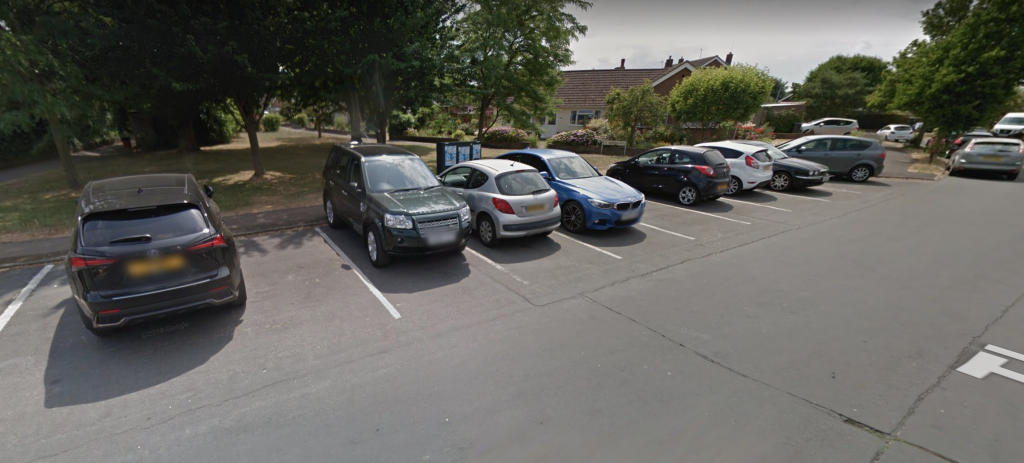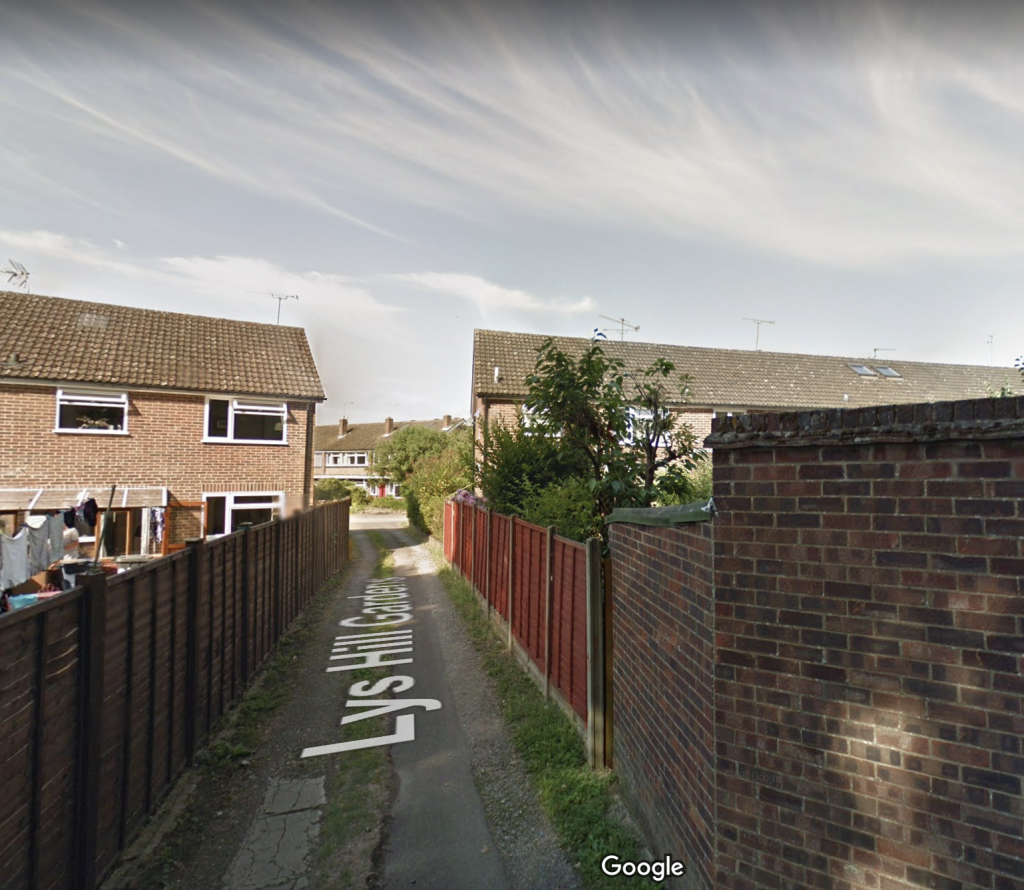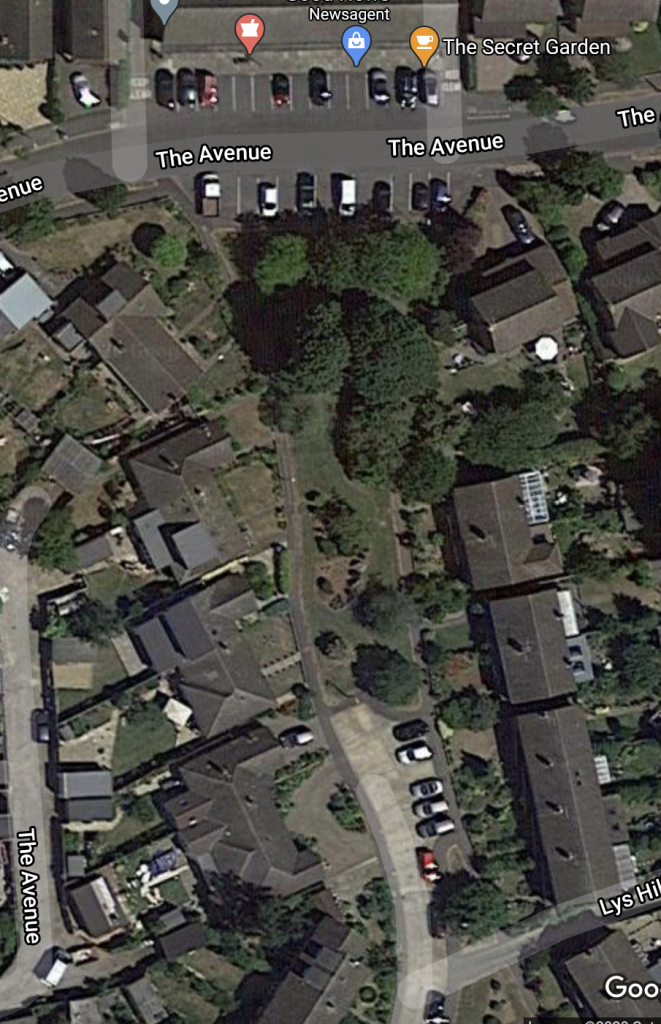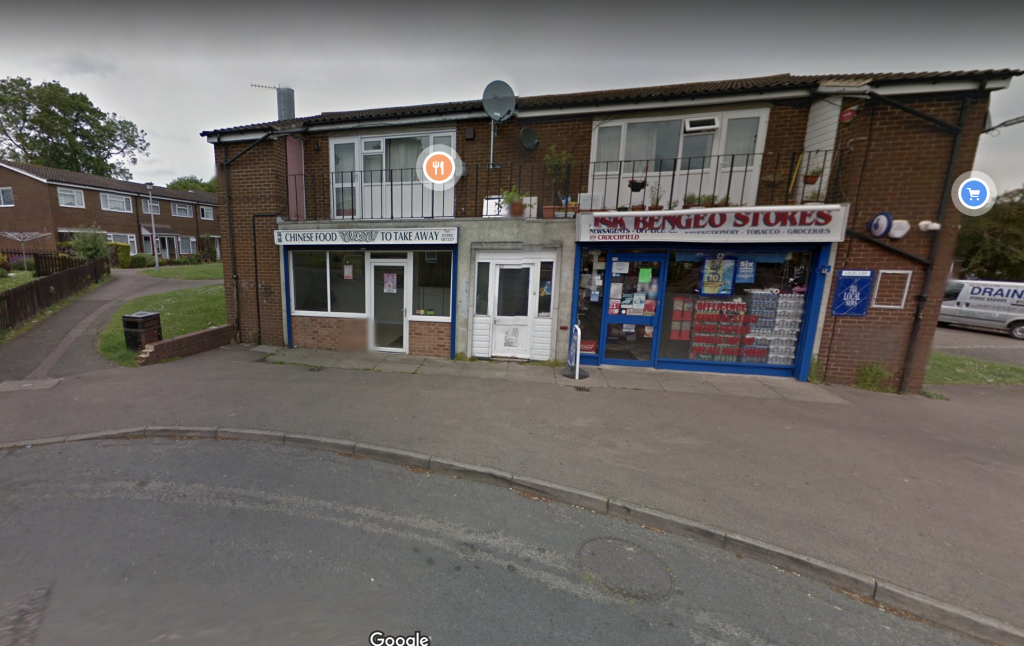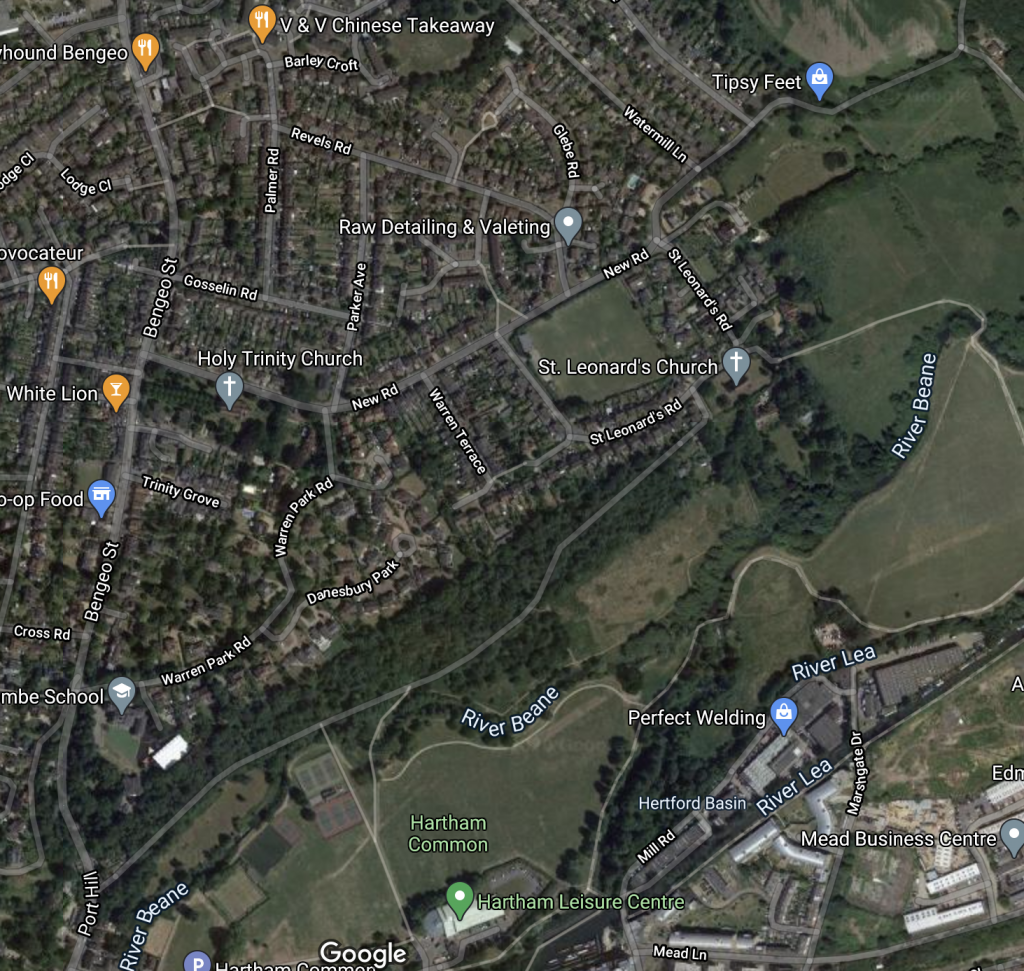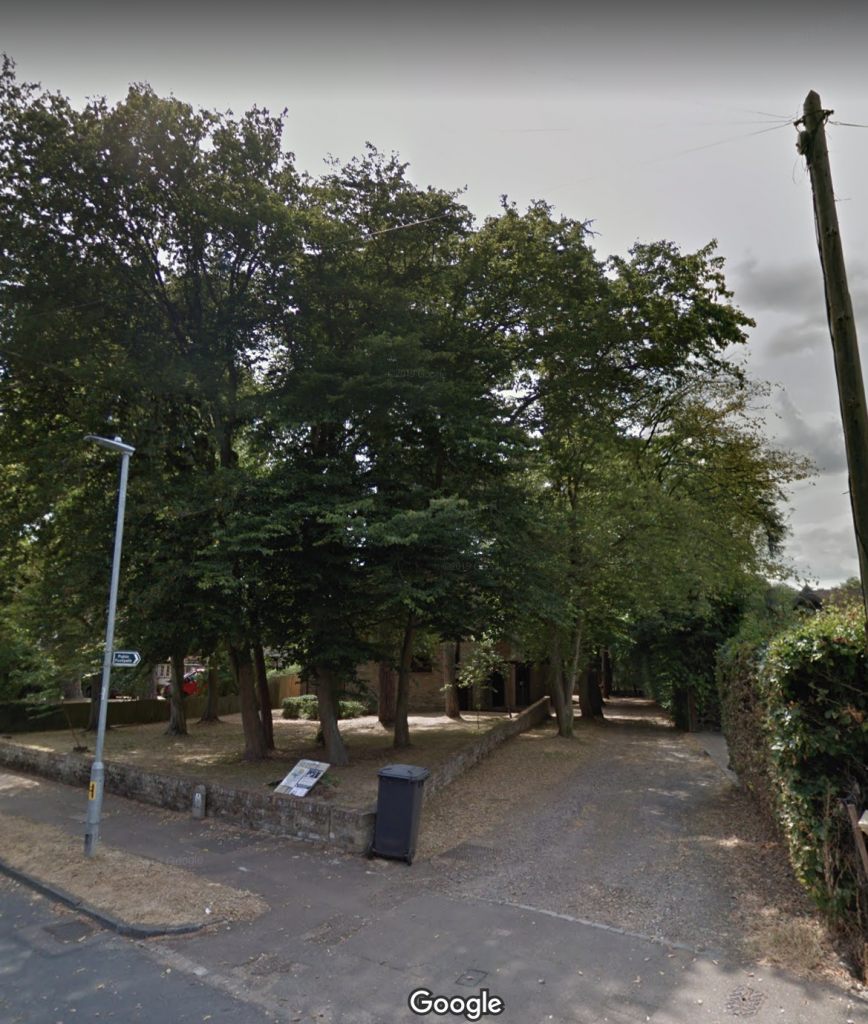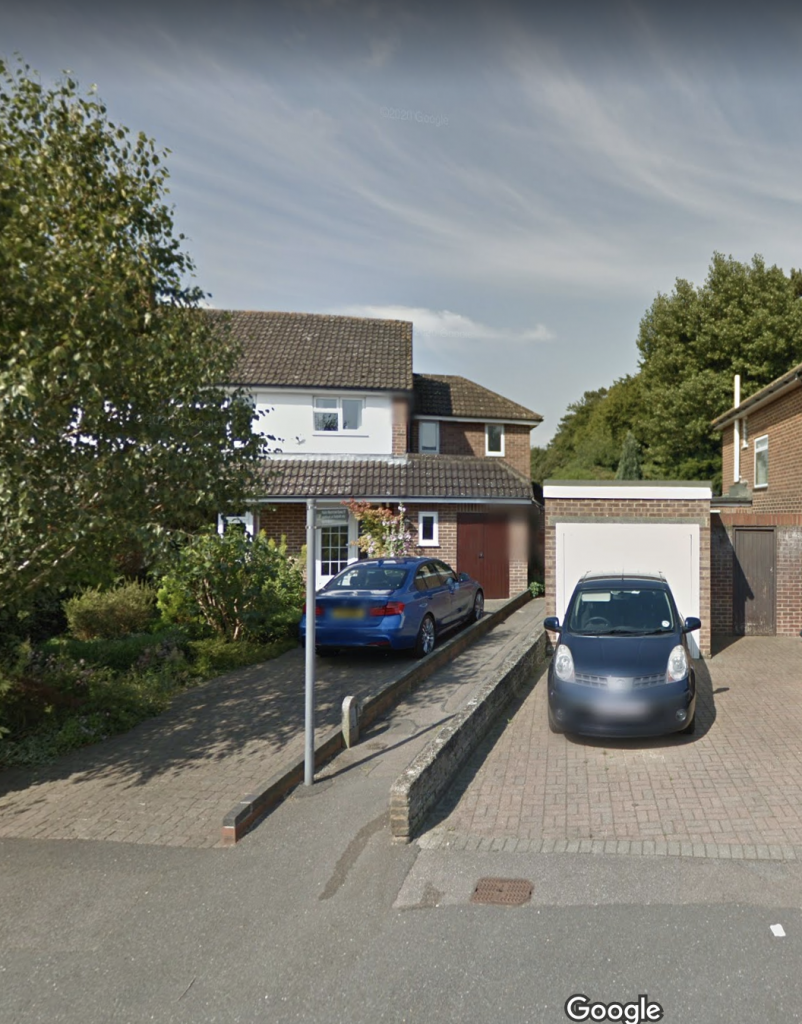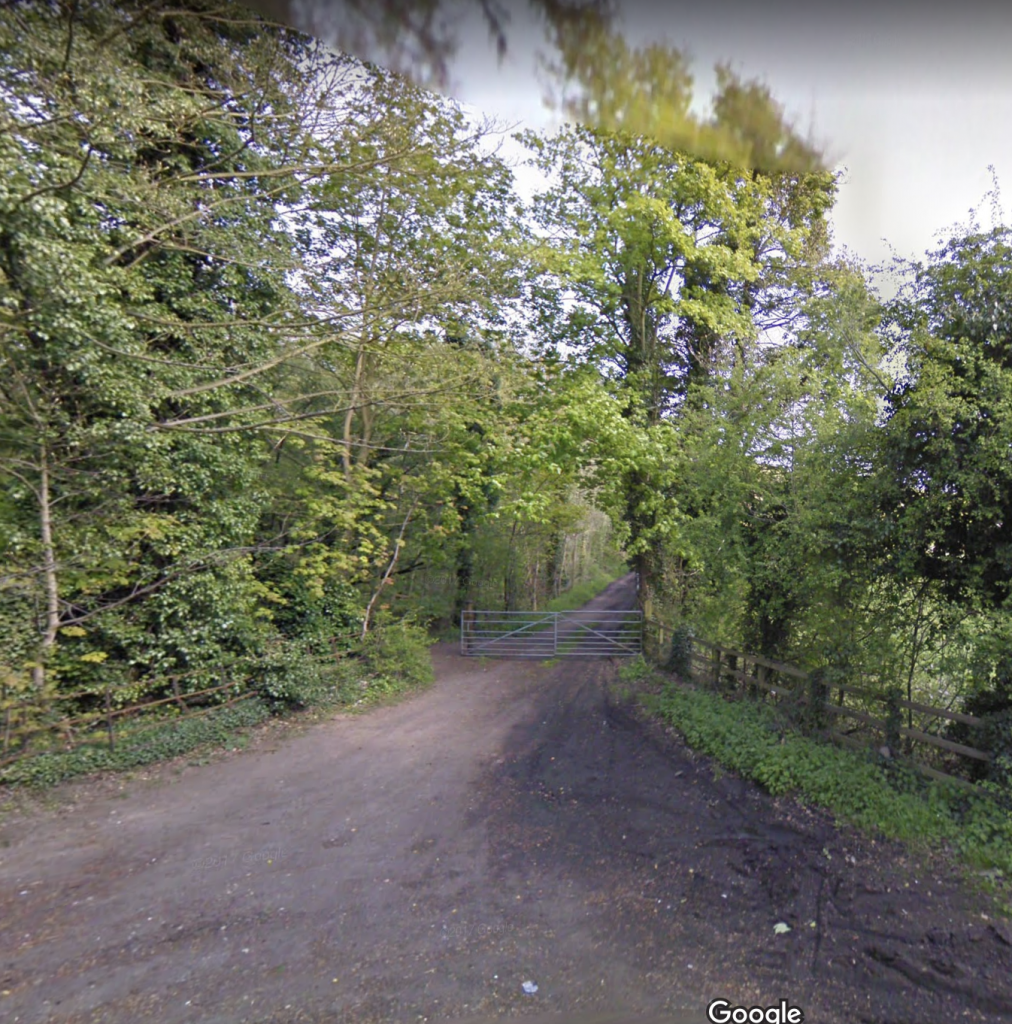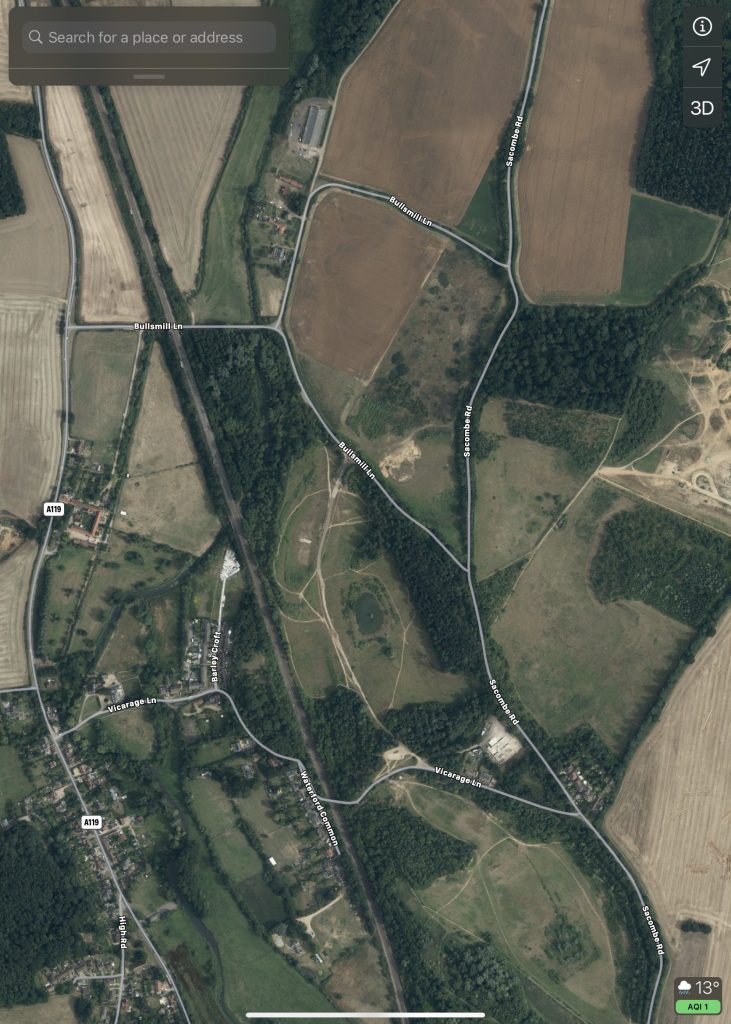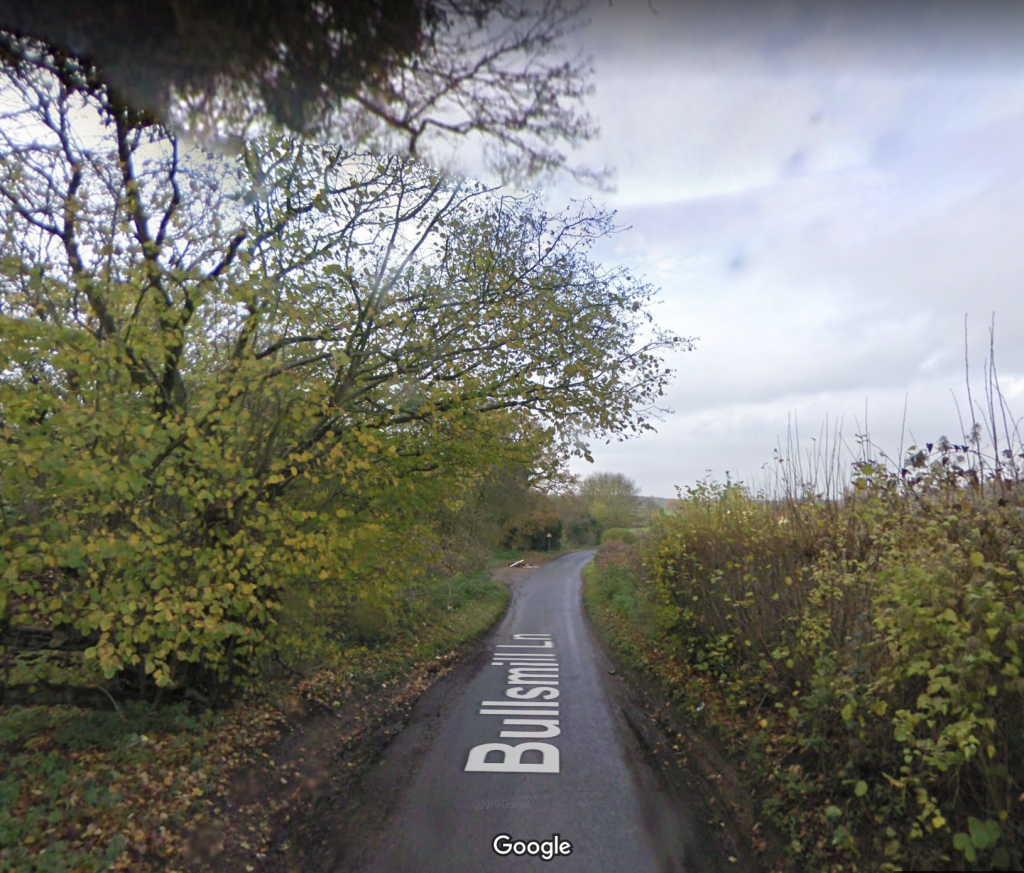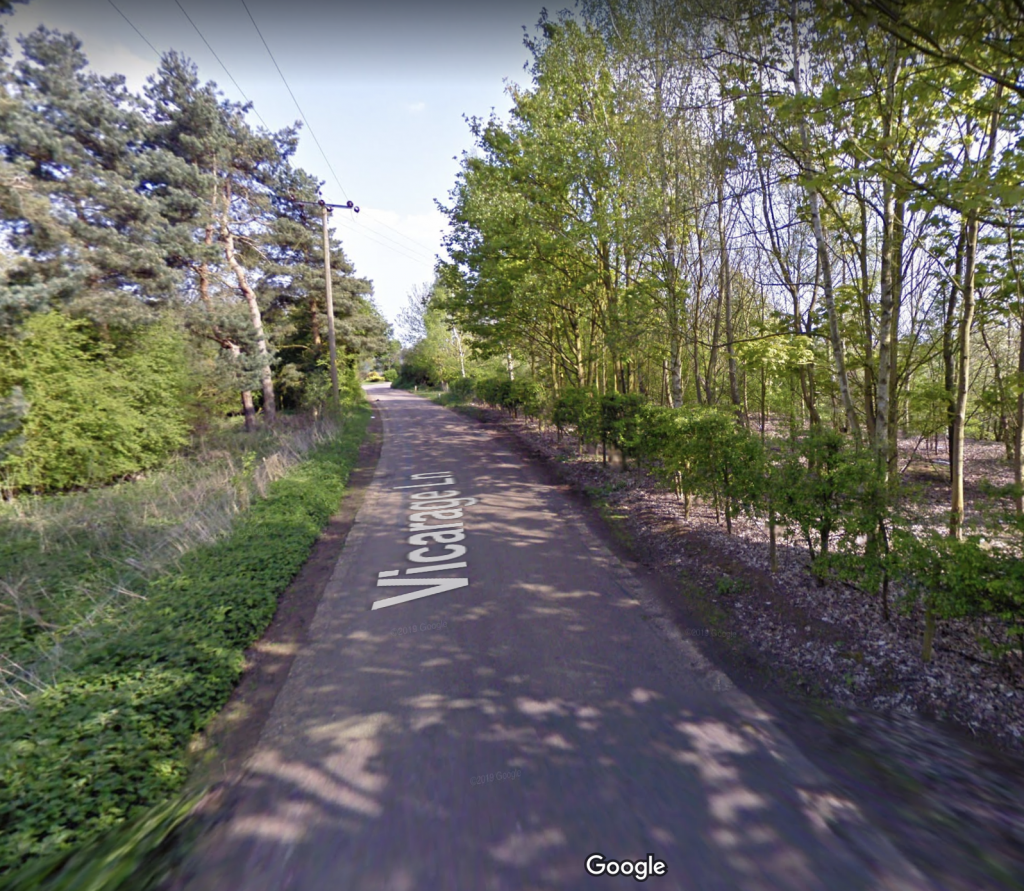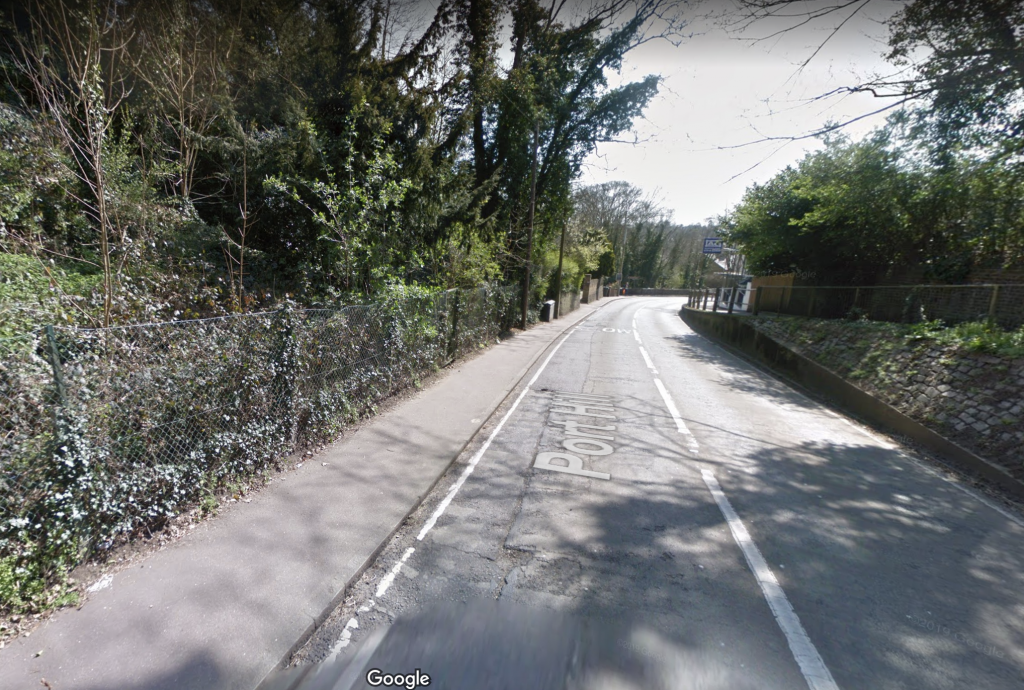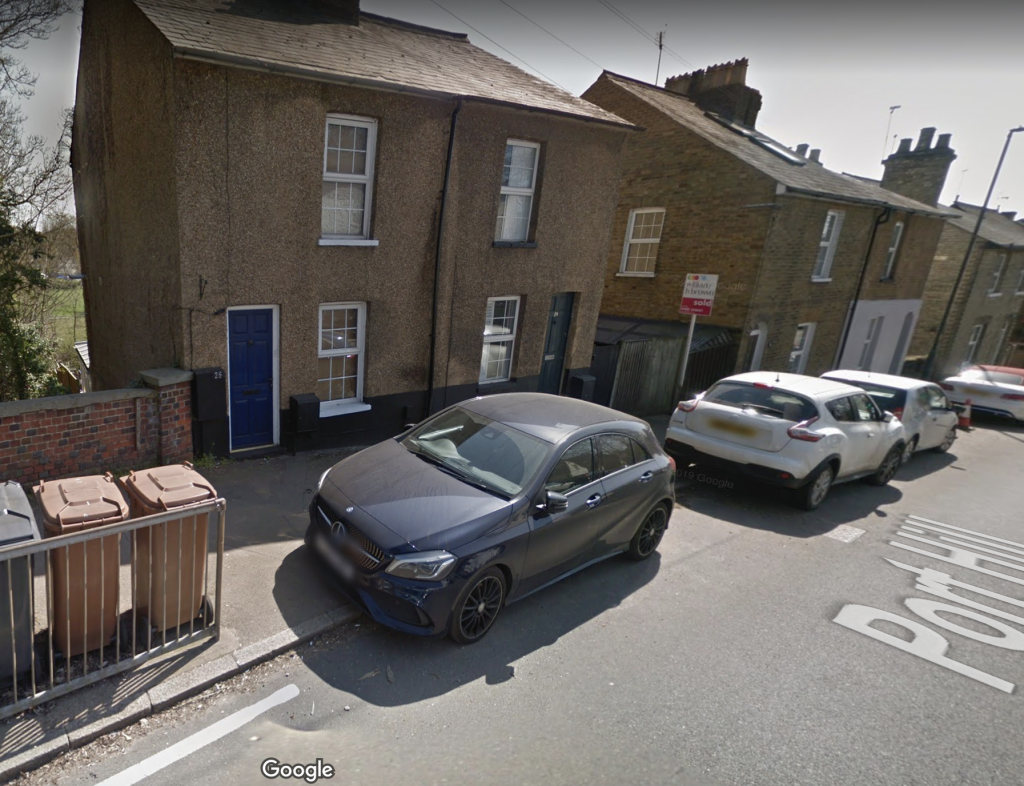George Ezra grew up in Bengeo, Hertfordshire. And so did I.
In recent weeks, I’ve seen a few articles remembering and celebrating the glory of riding bikes as a child. The children’s author Steven Herrick wrote
“There’s nothing quite like the relationship of a child to their bicycle, the endless adventures two wheels and a pair of strong legs offers”
and just a few days later Jools Walker, co-founder of the Women of Colour Cycling Group, echoed this:
“Some of my happiest childhood memories are on my BMX Burner, the bike I inherited as a seven-year-old from my big sister. It wasn’t new or flashy like other kids’ bikes at school, nor was it the bike that I secretly desired, but that didn’t matter. That red and yellow beauty sparked friendships – and an obsession with life on two wheels.
After school and on weekends, I’d meet up with my friends, a mix of kids from my class and new friends I’d made cycling around my housing estate. Our favourite time for bike adventures was the summer holidays: six glorious weeks of long, bright days, with no school to interrupt our time. Parks, other housing estates and even building sites (definitely a place where you need reliable tyres) became our adventure playgrounds to explore.”
Which brings us back to George Ezra and Bengeo. I didn’t know George (he’s a tiny bit younger than me), but I like to think he was inspired by his Bengeo childhood and that we shared some of the same adventures and pleasures around Bengeo’s streets.
I moved to Bengeo when I was 7 and a half. My parents had just divorced, so I was living with my mum and my brother, then 9 and a half. I was already at school in Bengeo, but we’d been driving to school by car 9 miles along the A10 from Wormley. We had a big house and a big garden in Wormley but the only, vague, memories I have of cycling there are of my brother and I trundling up and down this back lane (the van was probably there then too). The road we lived on had been the A10, and even though a new dual carriageway had been built, traffic was still heavy.
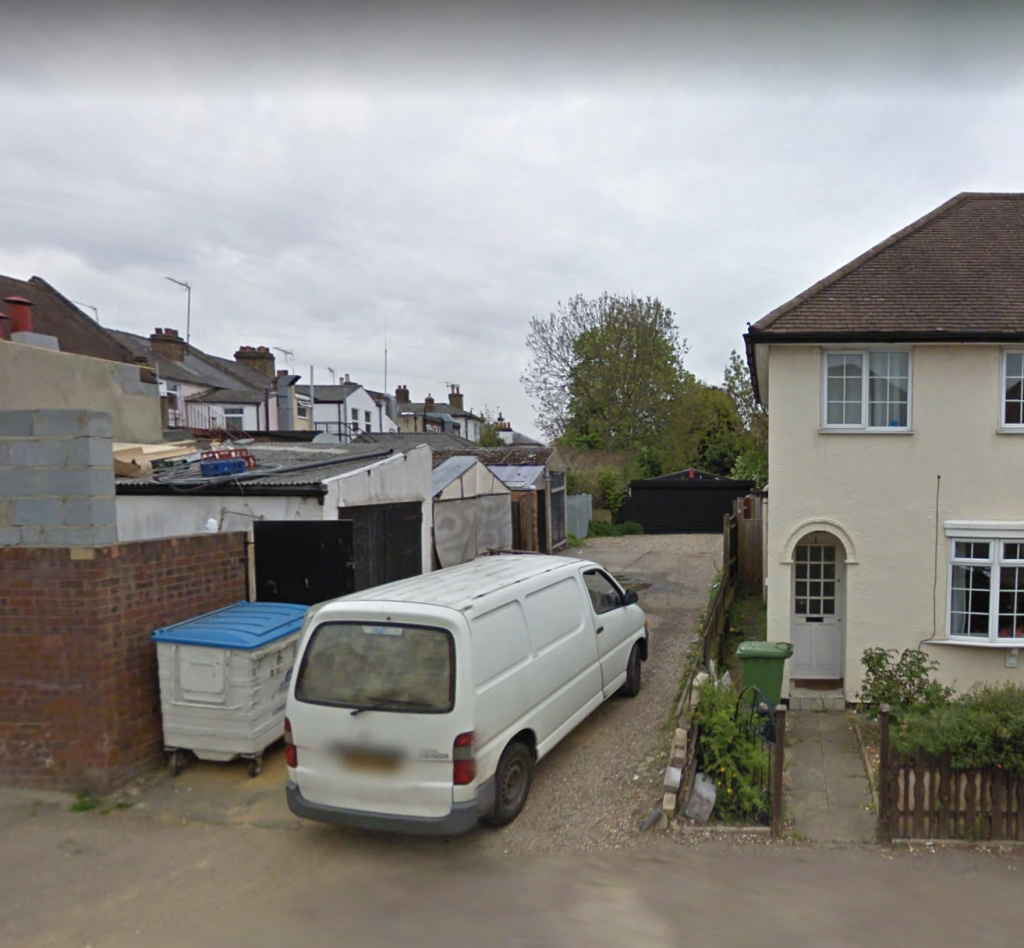
That all seemed to change when we moved to Bengeo. We were now living on a quiet residential street in what was basically a suburb of Hertford. We were about a mile from Hertford town centre, surrounded only by other residential streets, in an interwining and connected pattern. Beyond this built up area, there were vast expanses of country lanes and green fields, many of which turned yellow in the rapeseed season. This all became my roaming zone. Our bikes weren’t cool – we each had a folding bike, mine red, my brother’s light blue; they were new and I guess we got them as it was easy to move them between my mum’s house and my dad’s. It had three Sturmey Archer gears, I think my first bike with gears.
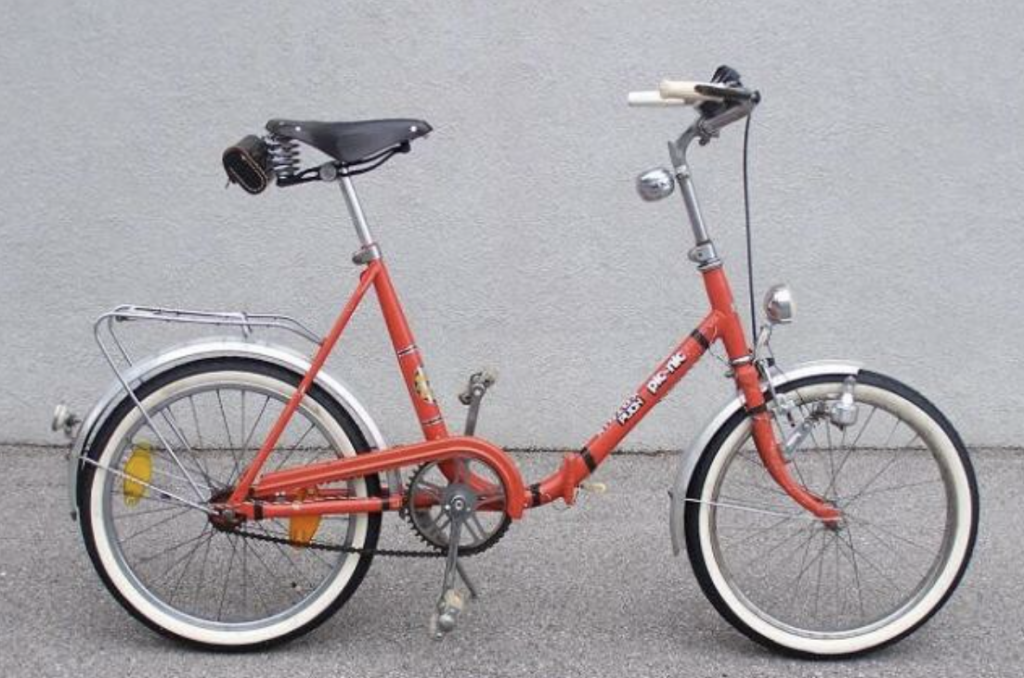
We kind of had two modes of riding, and I mean, mostly, my brother and I. We rode from our back gate around the neighbouring streets, through alleyways, to local shops, making the most of the endless loops you could ride through crescents, closes, and pedestrian cut-throughs.
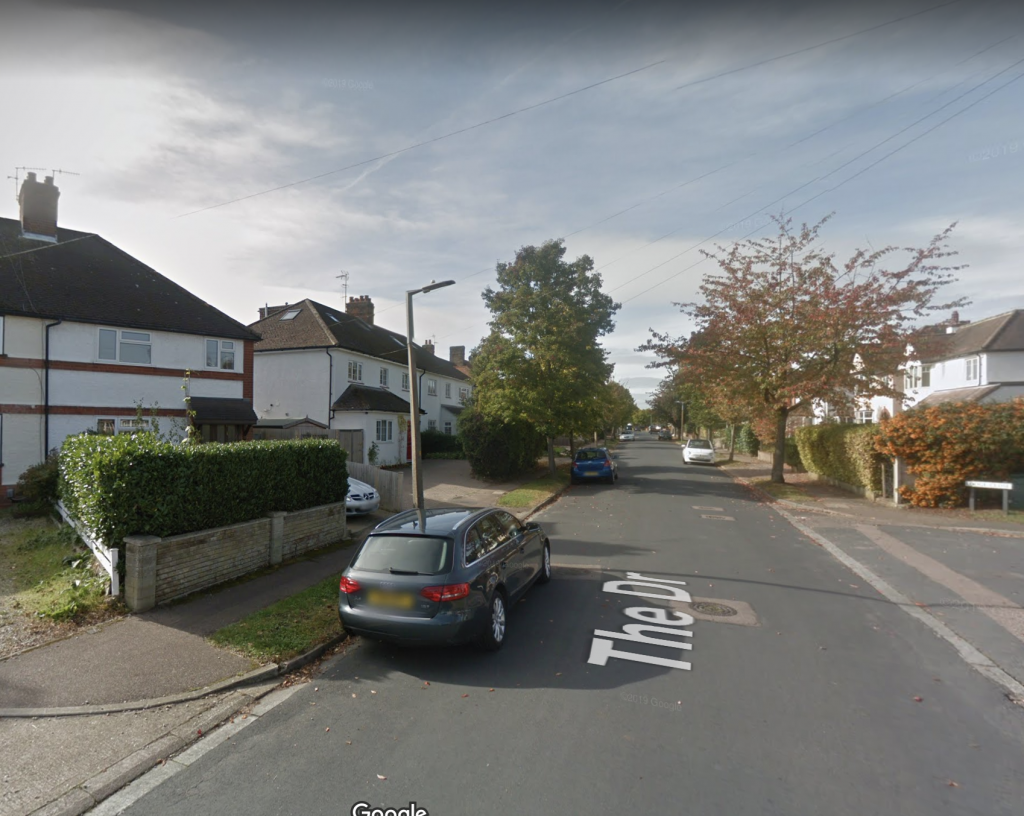
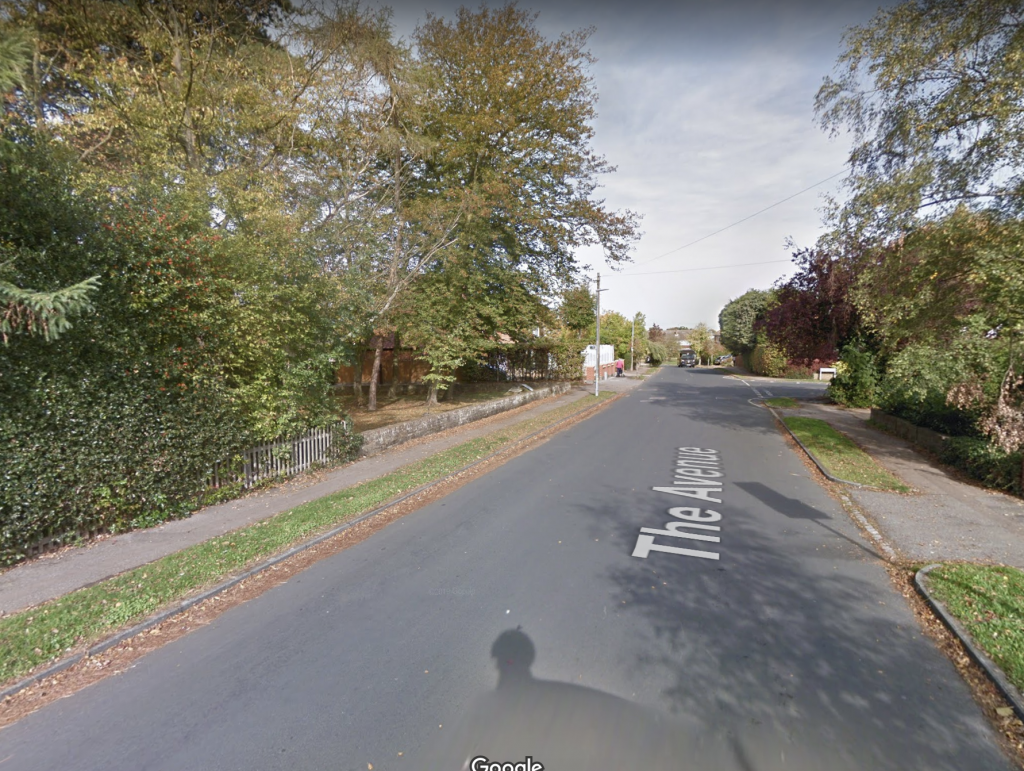
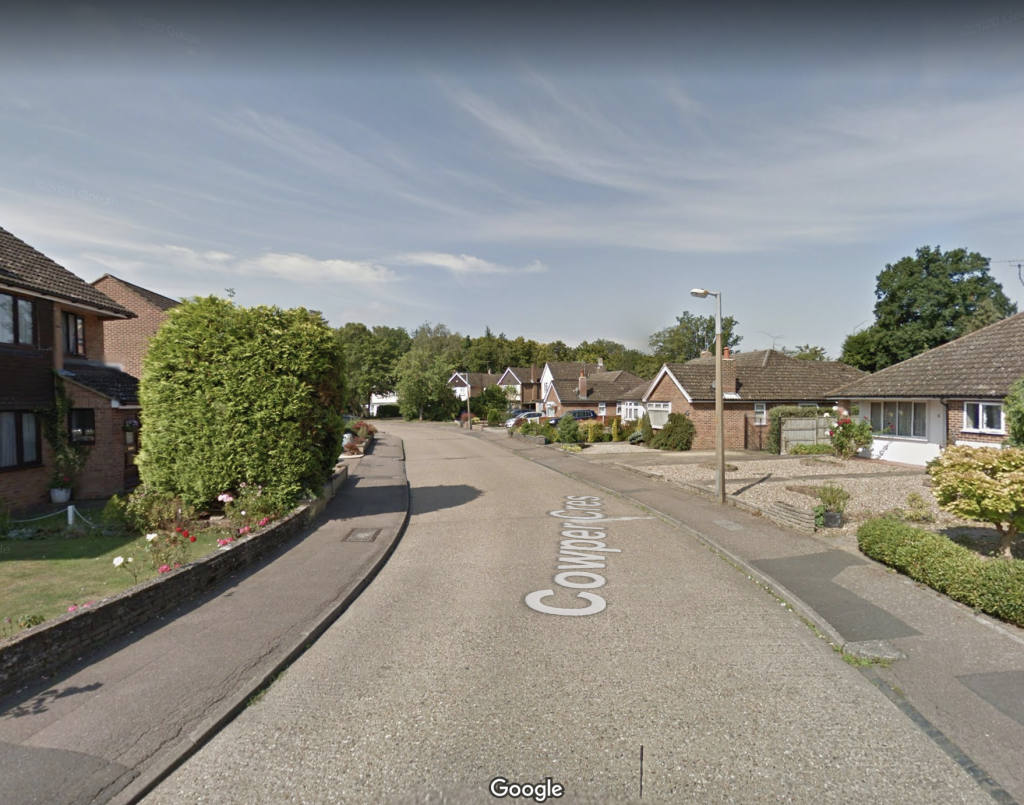
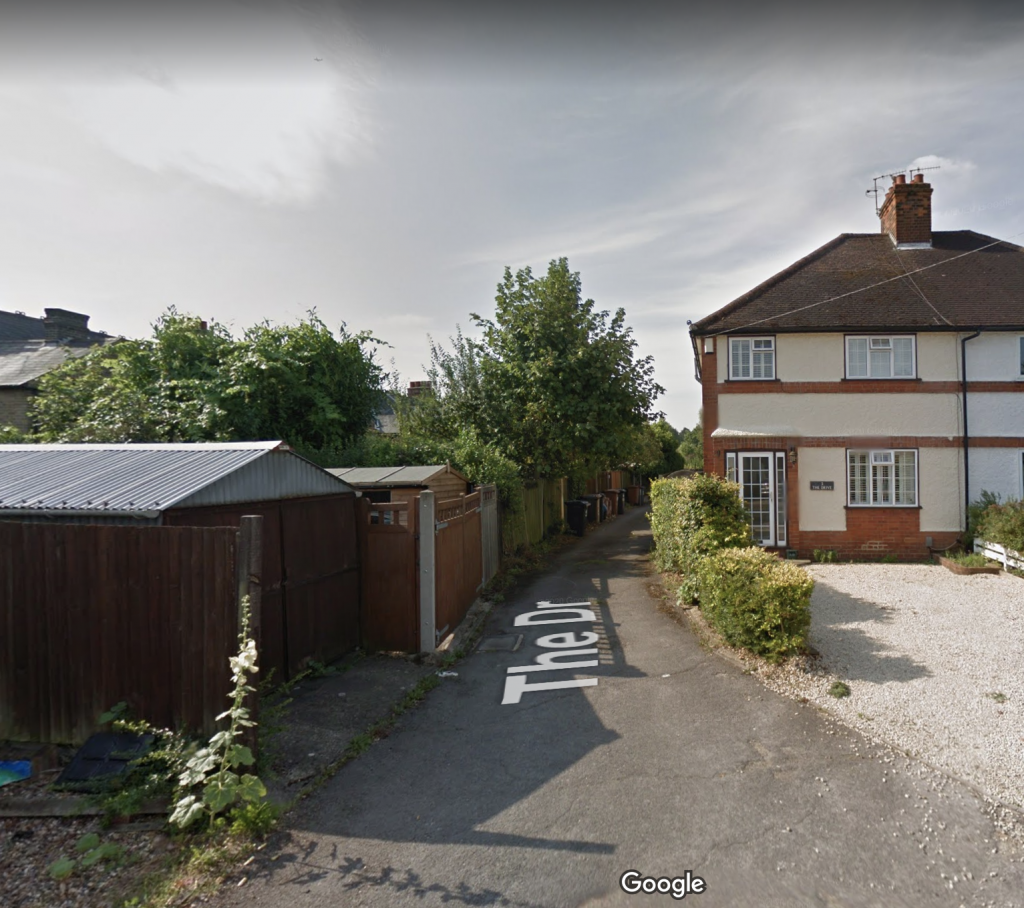
Our back lane, from where all bike rides started…
We loved riding to these shops, on The Avenue, where we’d buy sweets, fizzy drinks, or comics, post letters for our mum, and make prank phone calls form the phone boxes that used to sit behind these parked cars (on the right). We could cut through a little path that you can just make out beyond the cars, where, now I think about it, I remember a cherry tree and a small patch of grass, where we’d often stop, maybe to eat those sweets.
It was about half a mile from our house to the shops, but we could cycle miles on these streets, just going round in circles. We were on the top of a hill (Upper Bengeo, apparently) which meant that much of this riding was level, but we could easily find some good hills for thrills if we wanted.
Bengeo is divided by one main-ish road, the B158, so much of our riding was on “our” side, to the west of this road. The other side didn’t feel as familiar, but we did still seek out corner shops there – I had the vaguest memory of this one, and took a trip down Google Streeview memory lane to find it. And it was this side that led down to Hartham Common, a big green space on the edge of Hertford town centre, that gave us space to play and a safe route into the town centre, via the Norman church of St Leonards.
We’d also head further west, down a steep unpaved track or along unassuming alleyways, to Mole Wood (Great and Little) where we could paddle, catch tadpoles, and head through the woods to loop back into Bengeo.
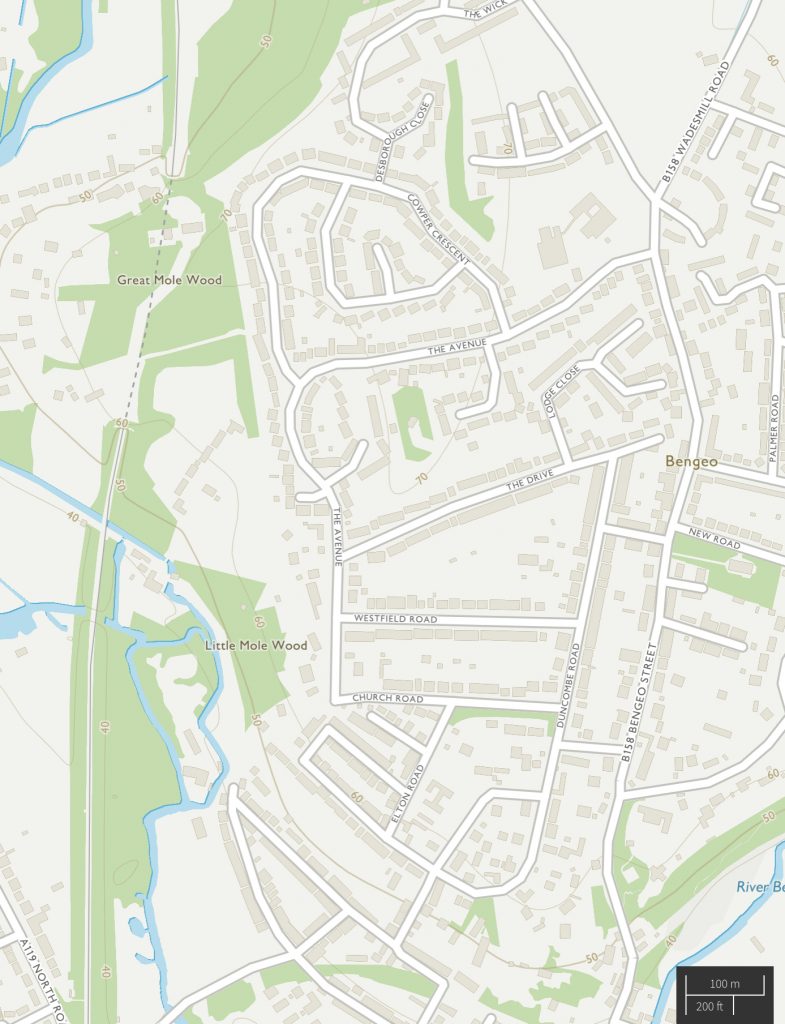
These trips to Mole Wood led us into our second mode, which was to take the lanes out of Bengeo to the countryside and small villages to the north. I don’t know if we stayed mainly on the local streets for a bit after we moved to Bengeo and then progressed to these longer journeys. My mum’s recollection is that we cycled pretty freely from the moment we moved there. My mum remembers that she used to give us instructions:
“First left, second right, third right and so on until it brought you back home.”
I don’t remember this, but I do remember her packing us picnics and my brother and me riding off down Sacombe Road to Waterford or Bulls Mill. These roads were single-track lanes, with passing places. They were steep in places, which meant you could get a good speed up and surf round gentle bends. We would meet cars but I don’t have any recollection of feeling at risk.
I had a friend at Bulls Mill, so sometimes we’d cycle there. Sometimes we’d ride to Waterford Marsh, a place I’d all but forgotten but memories of picnics, wading, cow-pat dodging, and sitting in the sun came flooding back when I saw these photos. We’d stop and play pooh sticks as Vicarage Road crossed the River Beane in Waterford. The River Beane, after which Bengeo was named, featured quite heavily in our journeys. Our roaming-riding distances increased and we’d get as far as Stapleford (3 miles) and Watton-at-Stone (5 miles). These longer distances would mean we’d be back on bigger roads, including the A119 from Hertford to Stevenage. I’m guessing we didn’t cycle these till we were a bit older and maybe stuck to the pavements. We’d be out cycling for a good few hours, often the best part of the day.
These were increasingly holiday bike rides, because within a year both my brother and I were at boarding schools, so the ordinary, everyday cycling wasn’t possible. But these adventures, longer and shorter, were a major feature of our school holidays through our early teens.
I moved back to a school in Hertford for sixth form, and suddenly all those streets I’d been riding round became animated by local friends. I cycled to school most days, down a big hill and up another, with two new friends whose houses I would have passed hundreds of times on my earlier bike rides. We cycled to each other’s houses at evenings and weekends, as teenagers do, and then started cycling to pubs, before we could drive. I skived school one day (I don’t recall why!) and skidded on wet leaves under a horse chestnut tree as I rounded the corner onto my street. I fell off my bike and smashed my front tooth – a crown in my mouth, 30 years later, tells this tale. I always imagined somehow the accident was punishment for skiving school. I don’t even remember the bike I had then. We all learnt to drive, but our bikes were still important to us. One of my friends had an old postman’s bike that he was inordinately proud of, superseded only by his red VW Beetle a few years later.
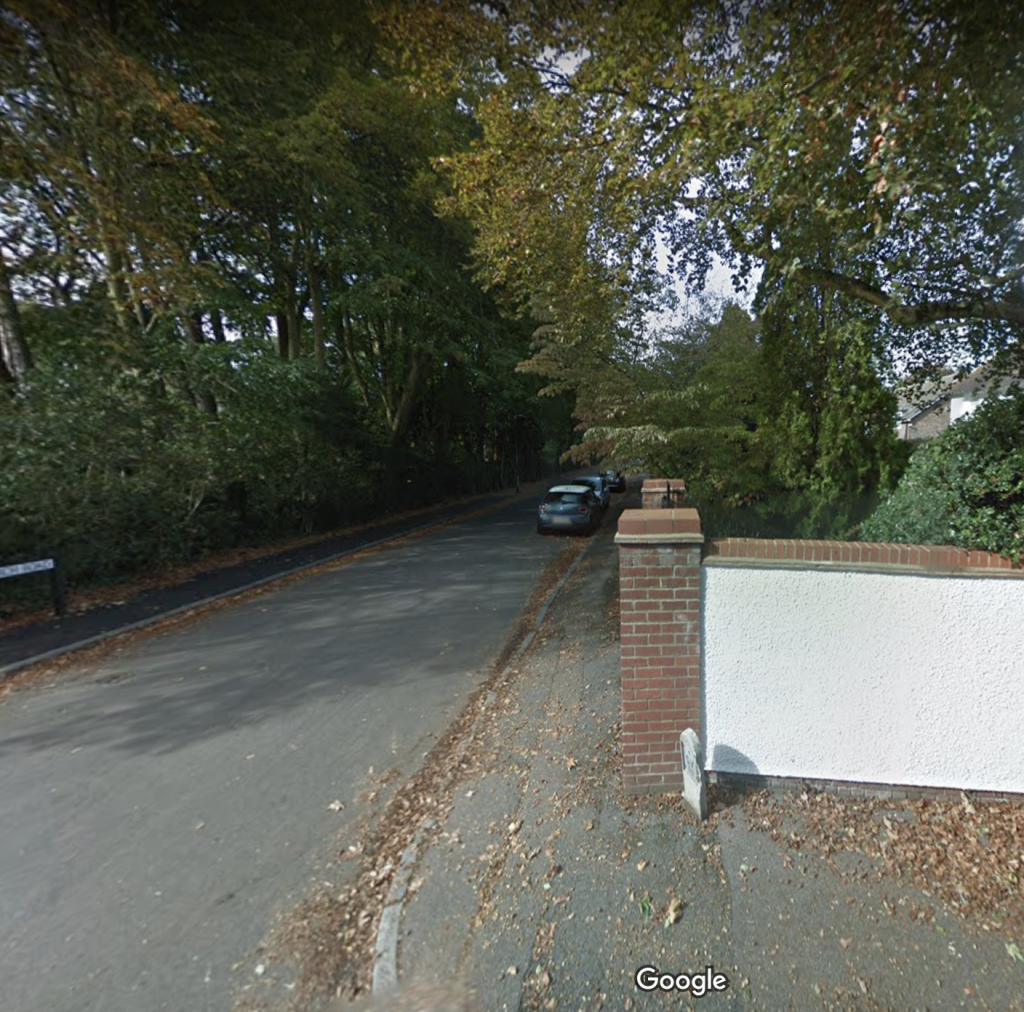
I kept cycling. I’ve always had a bike, through university and beyond. It’s always been one of my modes of transport and sources of pleasure. When I was 19, I inherited a car from a family friend. Determined not to become dependent on the car, I set out to cycle to Hertford Library during the holidays to do some university work. God knows why, but I took my work in a plastic bag on my handlebars. You remember I mentioned the steep hill?
I cycled down this with a plastic bag on my handlebars. I crashed into one of these houses (the cars clearly weren’t there!). Almost 30 years later, I remember losing control, I remember being about to crash, and I remember lying on the pavement waiting for someone to help me. They did, I went in an ambulance for the first and only time in my life, and I was fine. No major injuries, but I ripped my favourite shirt (a white collarless one from Carnaby Street).
But none of this put me off. I kept cycling. A few years later, living in Birmingham, I had friends who cycled more seriously and I rode with them. For the first time since childhood, I’d spend whole days cycling, getting to know the places around me, building relationships, having fun.
Why am I telling you all this? Partly, because those memories of freely cycling for hours on end, through my neighbourhood and beyond, have come back to me in recent weeks and months, as my nine year old daughter has been able to cycle round her neighbourhood and as I’ve been cycling more and more too, most recently on my brand new bike. I wanted to remember and record the details, material, sensual and emotional, of those times.
But mostly because all these experiences of childhood cycling gave me something, or a few things.
They enabled me to explore, learn about, map, imagine, inhabit and connect to my home, street and neighbourhood, to feel attached to it. When we started, we’d just moved to Bengeo and my parents had just divorced so maybe this was especially important to me, and doing it all with my brother all the more so. That I went away to school probably sharpened this need for connection, both that when I came home it felt important to reconnect, to re-map and to feel like I belonged again, but also that I could hold on to these stories, images and attachments when I wasn’t at home. I loved knowing my neighbourhood, where all the streets and alleys led, what the lanes felt like (and have loved recalling all these places here). That I then got a chance to ride these streets and lanes with friends, on the way to school, as I grew older, reinforced and extended my connections to this place. Only a couple of months ago, driving through some Hertfordshire lanes (not the same ones I cycled, but not far away), I felt that thrill of recognition, memories of freedom and of joy. And I still take pleasure in knowing the ins-and-outs of my neighbourhood, now in North Shields, of mapping the streets and animating them with friendships, landmarks, senses.
These bike rides also gave me a growing sense of ‘independent’ mobility. My mum trusted us – and the environment – and we carried that trust with us. We had no doubt that we could ride these streets and be safe. There were certainly fewer cars, and we were often on quiet streets, but we went further and onto busier roads as our confidence, skills, and knowledge grew, such that by our teenage years we happily cycled all around Hertford and well beyond, for fun, for school, for errands, to meet friends.
But our mobility wasn’t really independent – for years, my brother and I were together on these trips, and later we were with friends; as I got older I cycled more by myself, but a lot of my childhood cycling was accompanied, just not by an adult.
All of these experiences gave me a sense that I have a right to the road, on my bike, but also the skills and the confidence to ride on the roads that I carry with me now. I hate close passes, busy junctions and impatient drivers as much as any cyclist, but I can cope with them. Growing up as a cyclist has also made me, I think, a better driver.
And, of course, all these bike rides gave me a delight in the immense joys of cycling, despite the smashed tooth and the ripped shirt. I loved those bike rides with my brother, to the shops and to lanes beyond; I loved the speed, the lightness, the curves, the wind in my hair. I loved the friendships formed on bike rides to school and more slowly home, stopping at shops and friends’ houses. I loved cycling home from campus as a student – I remember cycling back one night, after seeing Keanu Reeves’ Point Break, and feeling like I was surfing on my bike. I felt like that again yesterday on my new bike, riding along our seafront. And just as cycling supported my teenage friendships, I still love bumping into friends and stopping to chat whilst cycling, in a way that just doesn’t happen in a car. Everyone should be able to enjoy the many exquisite pleasures of cycling.
I’ve had a good few years when I’ve barely cycled and even now, I don’t go out for long bike rides. I increasingly cycle to the shops, to friends, and will cycle to work, when I’m not working at home, and I cycle for fun, with my daughter and with friends, when I can. So I do cycle, quite a lot.
I’m now a geographer and an activist with a profound commitment to creating spaces for children, their families and communities to explore, play in, and connect with. I have no doubt that what I do now comes from these childhood experiences (and others). I loved all these bike rides because I’m a geographer (I think I always have been) and I’m a geographer because of all these bike rides (and much more).
Not everyone needs to be a geographer, but everyone should have the chance to enjoy cycling, from a young age, so that they too might explore and connect to their neighbourhoods, develop the confidence to move where they want to with others and by themselves, and experience the joy of spinning along, of getting tired, of being outside, and taking notice.
That all these personal pleasures also translate into social goods makes enabling children to cycle from an early age all the more powerful. Enjoying cycling and being given the chance, and the confidence, to explore and connect to the people and places in our communities through cycling will help us to build a healthier, safer, livelier, and happier world.
